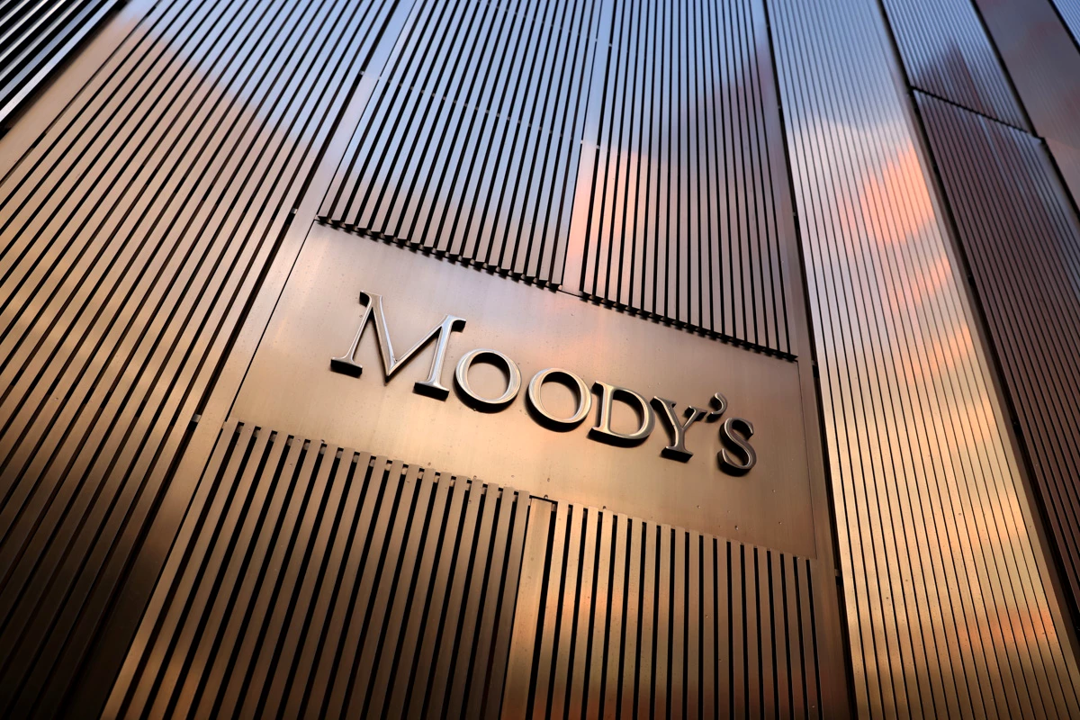The forecasts of multilateral organizations and the world’s most important financial firms are beginning to turn their backs on the Argentine economy, despite the particular enthusiasm publicized by President Alberto Fernández.
Moody’s downgraded the credit outlook for the Argentine banking system from “stable” to “negative”, which implies a greater predisposition to a financial crisis and an upcoming recession for real activity.
“Argentina’s banking system has a negative outlook due to weak operating conditions and high sovereign exposure,” the report published by Moody’s said.

According to the rating agency, the Argentine economy will suffer a 0.5% drop in 2023, a relatively optimistic outlook in contrast to the forecasts of local consultants who foresee a drop of at least 3%.
Activity has not grown since August last year, and quarterly GDP suffered a 1.5% drop in the previous three months of 2022.
If a very probable and suggested fall in the first quarter of this year is confirmed, Argentina will formally enter a situation of a technical recession.
According to the firm’s diagnosis, there are at least three factors affecting the stability of the Argentine banking system:
- the dangerous exposure of local institutions to the public sector (including the BCRA),
- the high and growing inflation of around three digits,
- and the foreign exchange market imbalance as a direct consequence of the exchange rate cap.
Local banks have an exposure to the public sector of up to 70% of the total deposits they manage, 47% of the equivalent amount in liabilities reimbursed by the Central Bank, and 23% in government securities issued by the National Treasury.
The rate applied for the Central Bank’s monetary policy climbed to 78% per annum (almost 113% in practical terms), while the Treasury paid up to 120%.
Likewise, the monetary authority allowed discounting public bonds as a valid instrument on account of legal reserve requirements, encouraging banks to use their reserves to lend more and more to the government.
The rating agency explained that the liquidity position of Argentine banks is solid, as it considers the holdings of Leliqs and bonds as liquid assets readily available in a situation of financial stress.
However, it did not rule out a run on deposits and warned that this situation is feasible due to the latent exchange risk.
In the event of an “exchange surprise” or a sudden jump in the official exchange rate due to the lack of foreign currency, there is a risk of a run against peso deposits for their rapid exchange for dollars.
The precipitation of a sharp drop in demand for pesos threatens to drive the economy toward a major inflationary burst.
“Problems related to the country’s foreign currency reserves could potentially affect deposit stability,” the rating agency’s report warns.
A similar exchange rate stress situation occurred during the first two quarters of 1989.
Learn about the games, bonuses, and payment methods available at online casinos https://borsod24.hu/2023/01/27/ot-dolog-amit-minden-kaszinojatekosnak-tudnia-kell/
Even by remunerating liabilities (as it is done today), the radical government of Raúl Alfonsín could not control the run against deposits in austral for their immediate conversion into dollars.
The authorities established a corralito to limit withdrawals, which only precipitated the run against the national currency in the parallel exchange market.
The country suffered the worst hyperinflation in its history.
With information from La Derecha Diario

